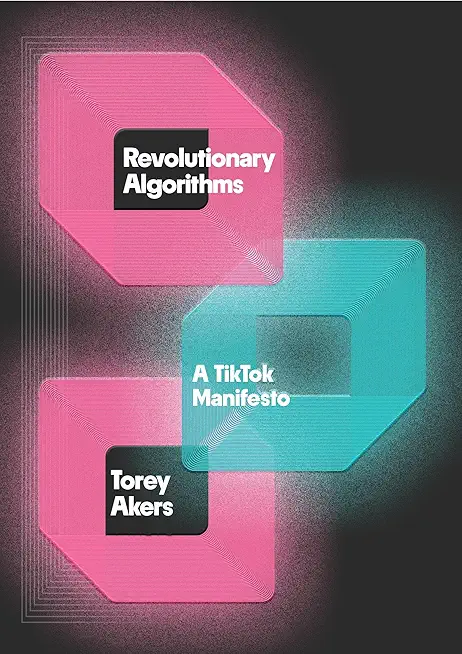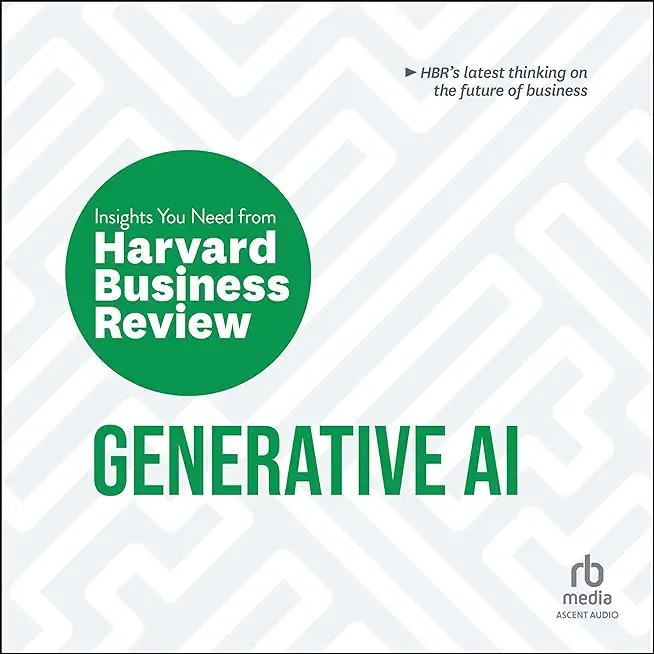Fast Track to Spring Framework 3.x Training in Lynn
|
We offer private customized training for groups of 3 or more attendees.
|
||
Course Description |
||
| This 3 - day course is current with Spring 3.2, as well as earlier
versions. It includes complete coverage of the annotation based approach
to configuration, as well as coverage of the traditional XML - based
configuration that can still play an important role in existing and new
projects. The course starts with the basics of Spring and in - depth
coverage on using the powerful capabilities of the Core module to reduce
coupling and increase the flexibility, ease of maintenance, and testing
of your applicati ons. It goes on to cover many of the most important
capabilities of Spring 3, including using Spring to simplify the
creation of a persistence layer with persistence frameworks like
Hibernate and JPA. It includes coverage of advanced capabilities such as
u sing Spring's Aspect Oriented Programming (AOP) to program cross -
cutting concerns such as transactions and security. The course includes
integration of Spring with Java EE Web applications, and an introduction
to Spring Security v3, its architecture, and how to use it to secure
both Web application requests and bean invocations .
Course Length: 3 Days
Course Tuition: $1290 (US) |
||
Prerequisites |
|
| A good working knowledge of basic Java, JDBC, and Servlets/JSP. | |
Course Outline |
|
Session 1:
Introduction
Overview of Spring Technology
Shortcomings of Java EE, Spring Architecture
Spring Introduction
Managing Beans, The Spring Container, IoC, DI
Configuration Metadata - XML, @Component, Auto-Detecting Beans
Dependencies and Dependency Injection (DI)
Dependency Inversion, Dependency Injection (DI) in Spring, DI Configuration - XML, @Resource
Session 2:
More about Bean Properties
Working with Properties
Configuring Value Properties, Property Conversions, Setter / Constructor Injection
Spring Expression Language for Configuration
Collection Valued Properties
Configuring and using lists, sets, etc.
Additional Capabilities
Factory Methods, Bean Aliases, Definition Inheritance (Parent Beans)
Session 3:
The Spring Container and API
ApplicationContext
ClassPathXmlApplicationContext, FileSystemXmlApplicationContext, Constructors, Usage
Resource Access - Overview, Resource Implementations
Bean Scope and Lifecycle
Bean Scope Defined, Configuring, Inner Beans, Bean Creation Lifecycle, Lifecycle Callbacks, BeanPostProcessor, Event Handling
Annotation Driven Configuration
Stereotypes: @Component, @Service, @Controller, @Repository
Java EE 5 Annotation Support
Defining Custom Annotations
Autowiring
@Autowired on setters, constructers, methods, fields
Injecting resources like ApplicationContext
Fine tuning with @Qualifier
Java Based Bean Metadata (JavaConfig)
Overview - code-centric Configuration
@Confguration, @Bean, and @Value
Importing and @Import
Autowiring in Configuration Classes
Mixing XML Configuration and @Configuration
XML vs Annotation Based Configuration
Session 4:
Database Access with Spring
Overview of Spring database support
Configuring a DataSource
Using Spring with Hibernate
SessionFactory configuration
Using Contextual Sessions
Using Spring with JPA
LocalEntityManagerFactoryBean, LocalContainerEntityManagerFactoryBean, JNDI, PersistenceUnitManager
DAO Support - @PersistenceUnit, @PersistenceContext
Session 5:
Spring Transaction (TX) Management
Intro to Spring Transaction Management
Overview, Component TX Model, TX Propagation, Declarative Transactions, TransactionManagers
Using Spring Transactions
Annotation Configured Transactions
@Transactional and its settings
Proxy-based implementation issues
Load-time Weaving
XML Configured Transactions
<tx:*> elements, Configuring tx:advice, and tx:attributes
Defining the TX advisor
Session 6:
Introduction to Spring Web Integration
Integrating Spring with Java EE Web Apps
ContextLoaderListener
WebApplicationContext
Using Spring beans in Wep app controller logic
Session 7:
Overview of Spring Security
Overview - Capabilities, Architecture
Introduction to Spring Security
HTTP Security
Method Security
Annotation-Based Security
Expression-Based Access Control
Authentication Providers
[Optional] Session 8:
Aspect Oriented Programming (AOP)
Overview of AOP
AOP Basics, Aspect, Joinpoint, Advice, Pointcut
Introduction to Spring AOP
Capabilities, Configuration (Annotation Based and XML), Weaving, Joinpoints
Using Aspects
Defining Advice, Configuring Pointcuts, Targets and Proxies
XML Configuration with <aop:>
AspectJ Pointcuts, Autoproxies
Using @AspectJ Annotations
@AspectJ Annotations, Declaring Advice |
Course Directory [training on all levels]
- .NET Classes
- Agile/Scrum Classes
- AI Classes
- Ajax Classes
- Android and iPhone Programming Classes
- Azure Classes
- Blaze Advisor Classes
- C Programming Classes
- C# Programming Classes
- C++ Programming Classes
- Cisco Classes
- Cloud Classes
- CompTIA Classes
- Crystal Reports Classes
- Data Classes
- Design Patterns Classes
- DevOps Classes
- Foundations of Web Design & Web Authoring Classes
- Git, Jira, Wicket, Gradle, Tableau Classes
- IBM Classes
- Java Programming Classes
- JBoss Administration Classes
- JUnit, TDD, CPTC, Web Penetration Classes
- Linux Unix Classes
- Machine Learning Classes
- Microsoft Classes
- Microsoft Development Classes
- Microsoft SQL Server Classes
- Microsoft Team Foundation Server Classes
- Microsoft Windows Server Classes
- Oracle, MySQL, Cassandra, Hadoop Database Classes
- Perl Programming Classes
- Python Programming Classes
- Ruby Programming Classes
- SAS Classes
- Security Classes
- SharePoint Classes
- SOA Classes
- Tcl, Awk, Bash, Shell Classes
- UML Classes
- VMWare Classes
- Web Development Classes
- Web Services Classes
- Weblogic Administration Classes
- XML Classes
Java Programming Uses & Stats
|
Difficulty
|
Popularity
|
Year Created 1995 |
|
Pros
Most Commonly Used:
Great Career Choice:
Android Apps Development:
It Can Run On Any Platform:
Great Supporting IDE's: |
Cons
Uses a Lot of Memory:
Difficulty in Learning:
Slow Start Up Times:
Verbose and Complex Code:
Commercial License Cost: |
| Java Programming Job Market |

Average Salary
|

Job Count
|

Top Job Locations
New York City |
|
Complimentary Skills to have along with Java Programming
- If you are an experienced Java developer, learning a complimentary language to Java should come much more naturally. As an example JetBrains recently created the Kotlin programming language which is officially supported by Google for mobile development. Kotlin compiles to Java bytecode and runs on the JVM; it's purported to address many of Java's shortcomings... |






